

An Inbound Marketer Who Creates Content that Converts
I use inbound marketing as my go-to strategy to run marketing campaigns. Here are the skills I bring to the table
Work Experience

Web Designer / Marketer
Some of my responsibilities involve
- Managing a WordPress website.
- Managing LinkedIn
- Designing visuals using Canva and Adobe Illustrator
- Creating videos using Invideo
- Building pages using Elementor Pro
- Creating AI-assisted content

Digital Marketing Analyst
Some of my responsibilities involve
- Managing mutiple social media profiles
- Keyword Research (On-page SEO)
- Blogger Outreach (Off-page SEO)
- Webinar management
- Content Marketing
- Managing a WordPress website.
My Methodology
My methodology revolves around data-driven marketing. Instead of making assumptions, I look for data that tells the story and craft campaigns based on that.
I use a few marketing tools to simplify and streamline my efforts to be more efficient. So, here are three simple steps to explain how I put together data, AI, and the features of the tool to support my marketing initiatives.
Step 1: Content Ideation
I kick off my research by finding the most commonly asked queries by potential customers on a tool called Frase. This content marketing tool collects all of the questions asked on the internet and aggregates them into one single interface saving me time doing research.
Once I am ready with list of queries, I can dig deeper into their search volume on WriterZen. This tool brings together the best of both worlds by combining Google search data with its own features to help me find low-competition queries I can create content on.
Next, I use ContextMinds to create a visual content outline for each query. This tool helps me to research content, find sub-topics and frequently asked questions related to the query. I can use this as a foundation for my blogs and even videos.
Step 2: Content Creation / Management
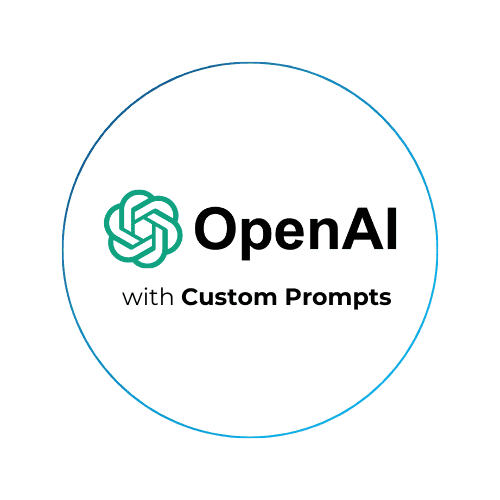
By linking my OpenAI API key with an AI writer, I create content with custom prompting. I can generate content in bulk or spend a reasonable amount of time on a single piece of content. However, I personally want to spend time creating one piece of content with AI assistance to make sure it is precise.
After creating content with AI assistance, I use Neuron Writer to optimize it for search engines. The tool spots all of the common words used in the top ten web pages of Google/Bing search. These keywords can then be sprinkled throughout our web page’s key areas to help it rank on search engines.

The optimized content is then uploaded to WordPress in the form of a post or page. I use plugins such as RankMath and Yoast SEO to enter SEO-friendly meta information. Most of the time I use Elementor to build service/product pages and blog posts. However, I also utilize Generatepress and Brizy to build pages.
Step 3: Content Promotion
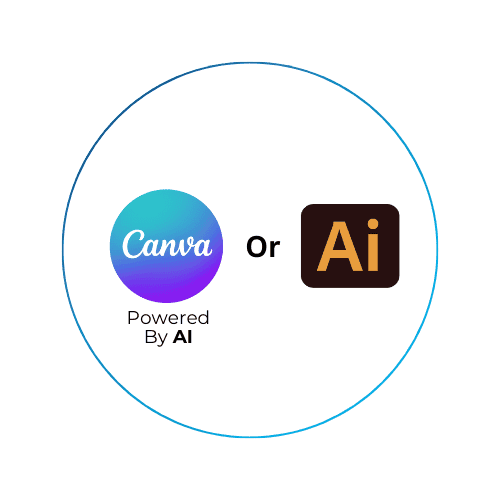
The website’s content is then repurposed into an infographic that can be shared on marketing channels. To make carousel posts and simple visuals, I use Canva. However, to create visuals where I need full control over the smallest details of the design, I use Adobe Illustrator.
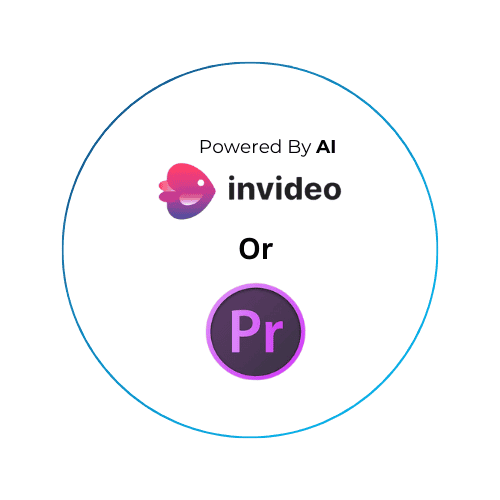
I also repurpose the content as a video using applications like Invideo and Adobe Premiere Pro. Invideo’s handy templates allow me to create videos in a short amount of time. On the other hand, Premiere Pro allows me to put together a video based on the client’s exact specifications.

To get traction, both visual and video content are then pushed through channels such as LinkedIn, X, and YouTube. If we have a flexible budget, we promote our material through content syndication platforms to reach more audience.
Achievements
I drove around 1000 visitors per month to a blog about business marketing.
Most of the visitors were business owners looking for answers to their questions on Google. I was able to hit the nail on the head by optimizing my informational blogs to answer their search queries.
Although my goal as a blogger was to provide value to the B2B market and earn ad revenue, I ended up working with a network marketing company to promote their offering on my website.
Below is a screenshot of my Search Console stats :
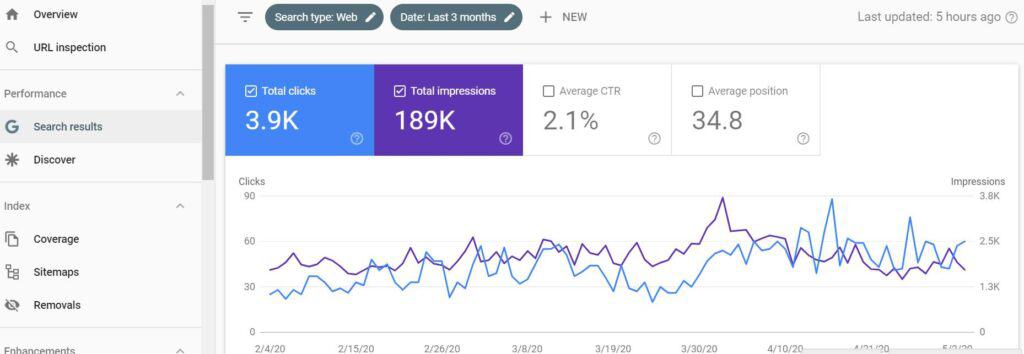
Surprisingly, Google wasn’t the only search engine that blessed me with traffic. I had some coming in from DuckDuckGo and Bing as well. In the following screenshot, you can see the dashboard of my Google Analytics stats :
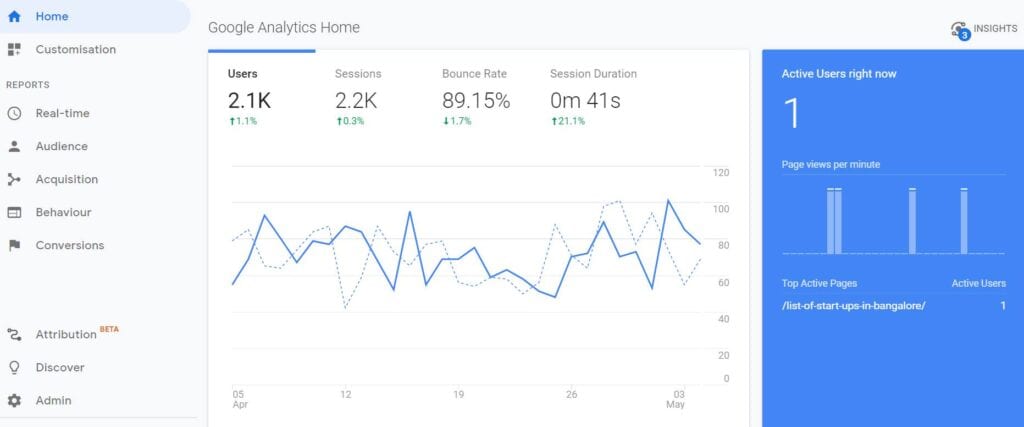
Blogs
Below are some of the blogs I recently wrote. This time, my main focus is creating content on inbound marketing which involves organic traffic, lead generation and conversion rate optimization strategies.
As usual, most of the content here is catered to a business owner. So, if you are one, I’d suggest you go through each and every one of them. I am confident that my blogs are a value bomb.





